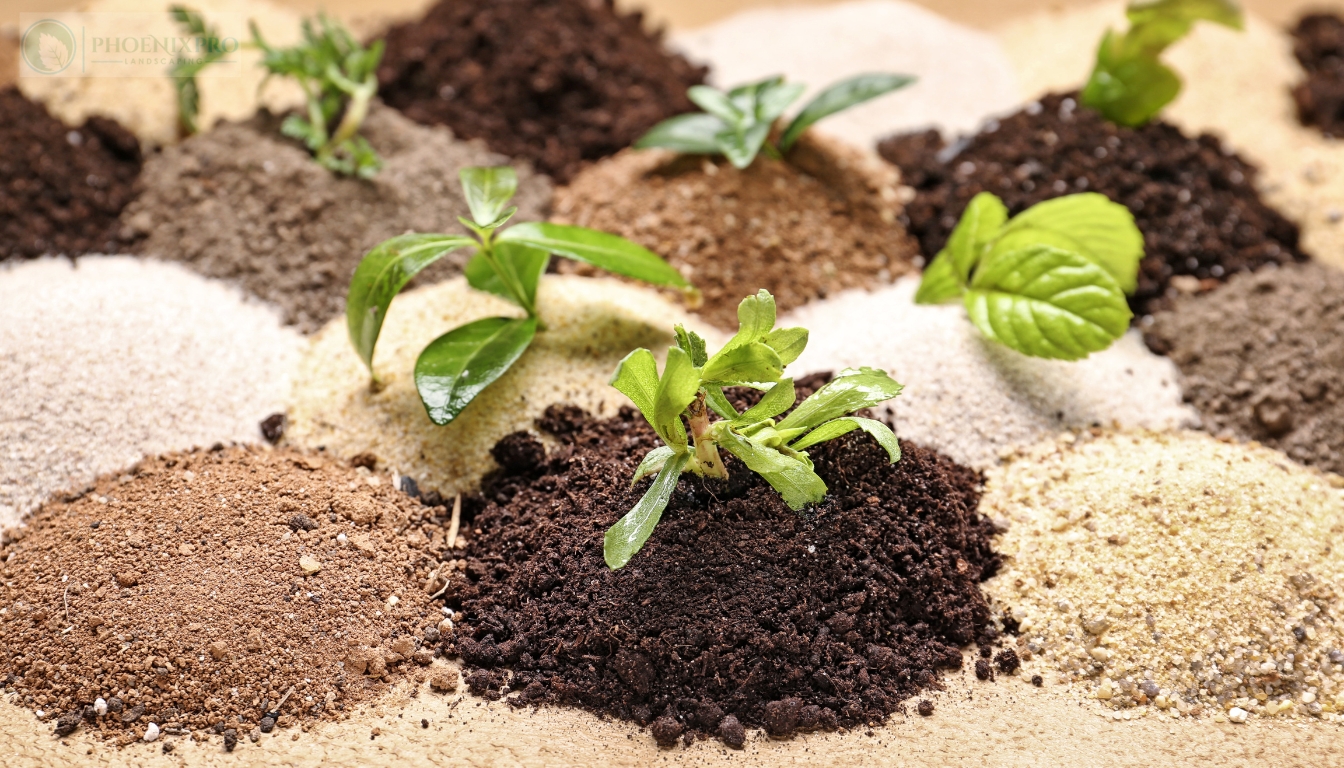Introduction
Sustainable landscaping is not just a trend; it’s a necessity, especially in arid regions like Arizona. With increasing temperatures, water scarcity, and environmental concerns, choosing the right plants for your landscape design can make all the difference. Native Plants for Sustainable Landscaping in Arizona offer numerous benefits, including lower water usage, reduced maintenance costs, and enhanced biodiversity. In this article, we’ll dive deep into the world of native plants and explore how they can transform your landscape into a sustainable oasis.
Native Plants for Sustainable Landscaping in Arizona
When considering sustainable landscaping options in Arizona, native plants should be at the forefront of your mind. These plants have adapted to the local climate and Article source soil conditions over millennia, making them resilient and low-maintenance choices. Not only do they thrive with minimal water and care, but they also provide essential habitat for local wildlife.
Benefits of Native Plants
Water Conservation
Native plants are drought-resistant and require significantly less water than non-native species. This is crucial in Arizona's dry climate where water resources are limited.
Low Maintenance
Once established, native plants require little upkeep compared to exotic species that may need regular pruning or pest control.
Biodiversity Support
Native plants attract local pollinators such as bees and butterflies, contributing to a healthy ecosystem.
Soil Health Improvement
Many native plants have deep root systems that improve soil structure and prevent erosion.
Aesthetic Appeal
The colors and textures of native flora can create beautiful landscapes that reflect the natural beauty of Arizona.
Popular Native Plants in Arizona
1. Desert Marigold (Baileya multiradiata)
The Desert Marigold is a perennial that produces bright yellow flowers year-round. It thrives in full sun and requires minimal watering once established.
2. Red Yucca (Hesperaloe parviflora)
This hardy plant features long spikes of tubular red flowers that attract hummingbirds. It's an excellent choice for xeriscaping due to its low water needs.
3. Sonoran Desert Tortoise Plant (Graptopetalum paraguayense)
Known for its striking rosette shape, this succulent is perfect for adding texture to any landscape. It prefers well-drained soil and full sunlight.
4. Ironwood Tree (Olneya tesota)
The Ironwood Tree provides shade while supporting various wildlife species. Its robust trunk and beautiful purple flowers make it an attractive addition to any garden.
5. Palo Verde Tree (Parkinsonia florida)
As Arizona's state tree, the Palo Verde is renowned for its green bark and stunning spring blooms that add vibrant color to the landscape.
Landscape Design Principles Using Native Plants
Creating a sustainable landscape involves thoughtful planning and design strategies tailored to your environment.
1. Understanding Your Site Conditions
Before diving into landscaping, assess your site's specific conditions—soil type, sun exposure, drainage patterns—to select appropriate native plants that will thrive there.
2. Grouping Plants by Water Needs
Organize your garden by grouping plants with similar water requirements together—this allows you to optimize irrigation efficiency during landscape maintenance activities.
3. Incorporating Hardscape Design Elements
Integrate hardscape local landscaping services elements like paths or patios made from natural materials to complement the native plantings while providing functional outdoor spaces.
Effective Landscape Maintenance Practices
Maintaining a sustainable landscape doesn't mean endless hours of work; it’s about smart practices that honor nature’s rhythms.
1. Mulching Techniques
Applying organic mulch helps retain moisture in the soil while suppressing weeds—a win-win for both aesthetics and conservation!
2. Pruning Strategies
Regular pruning keeps native plants healthy without compromising their natural growth habits—remember to prune at the right time of year!
3. Pest Management Solutions
Utilizing integrated pest management techniques minimizes chemical use while protecting beneficial insects essential for pollination.
Choosing the Best Landscapers in Arizona
When seeking professional help with landscaping projects focused on sustainability:
- Look for landscapers experienced with native species. Check references or past projects emphasizing ecological design. Ask about their approach towards landscape maintenance techniques that align with sustainability goals.
FAQs about Native Plants for Sustainable Landscaping in Arizona
1. What are the advantages of using native plants?
Using native plants enhances biodiversity while requiring less water and maintenance compared to non-native alternatives.
2. Can I mix native plants with non-native ones?
Yes! However, be cautious as some non-natives can outcompete natives or disrupt local ecosystems—always prioritize natives whenever possible.
3. How often should I water my native plants?
Watering frequency depends on plant type but generally reduces significantly after establishment—most natives thrive on rainfall alone after their first year!
4. Where can I find native plants?
Local nurseries specializing in desert flora often carry a selection of native species; check community events or botanical gardens too!
5. Are there any invasive species I need to avoid?
Absolutely! Be vigilant against invasive species like buffelgrass or fountain grass—they pose significant threats to local ecosystems if allowed to spread unchecked!
6. What role do landscapers play in promoting sustainability?
Professional landscapers can design efficient layouts using indigenous flora while ensuring their client’s landscapes remain beautiful yet environmentally responsible!

Conclusion
Adopting native plants for sustainable landscaping in Arizona isn’t just an aesthetic choice; it’s an investment in our planet's future! By carefully selecting these resilient species along with implementing thoughtful landscape design principles, you can create an eco-friendly haven right outside your door—beautifully showcasing what nature intended while conserving precious resources!
Embrace this journey towards sustainability today; let’s transform our landscapes into thriving ecosystems!
Incorporating these principles not only enhances your outdoor space but promotes environmental stewardship within our communities—so get started on your own sustainable landscaping project today!